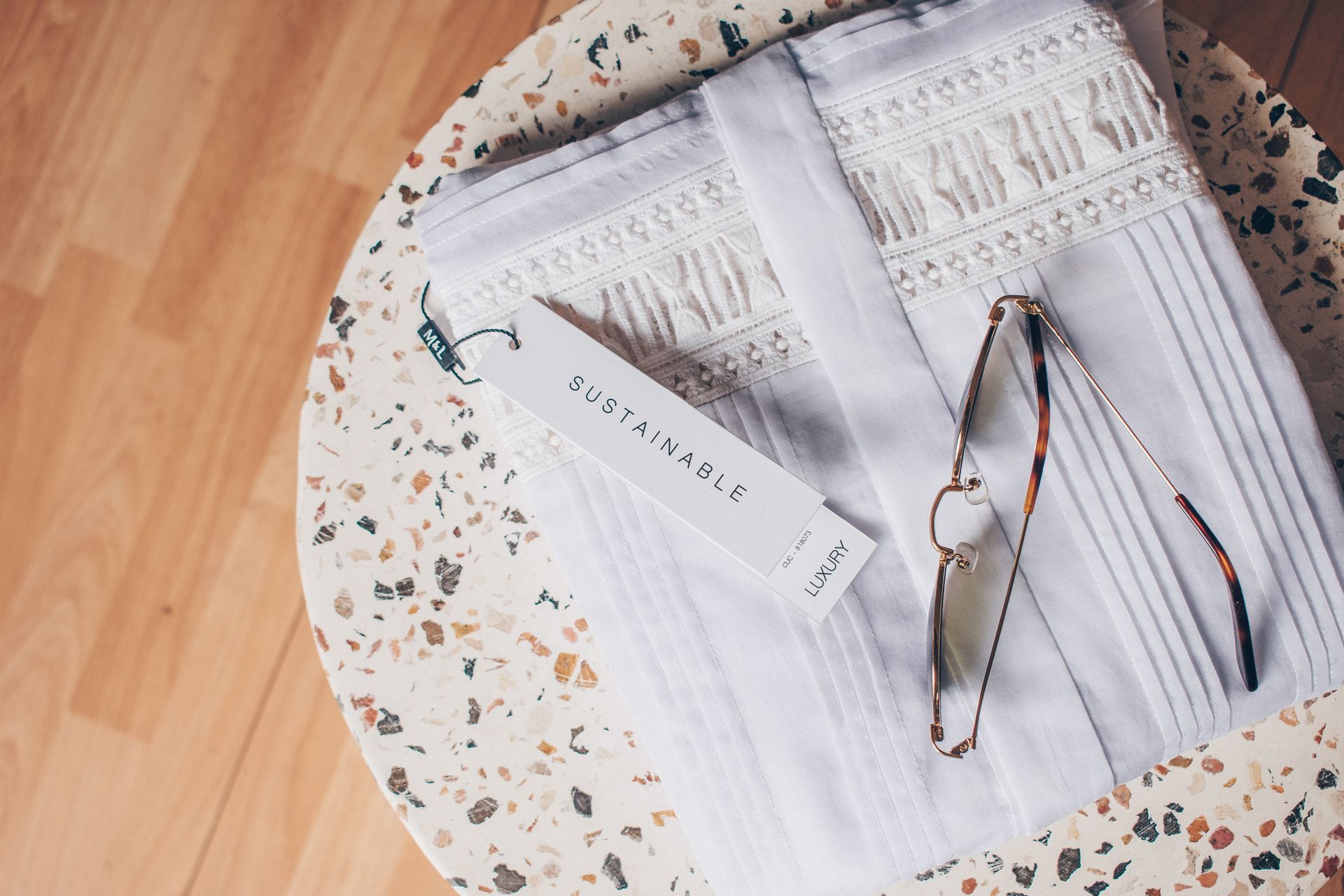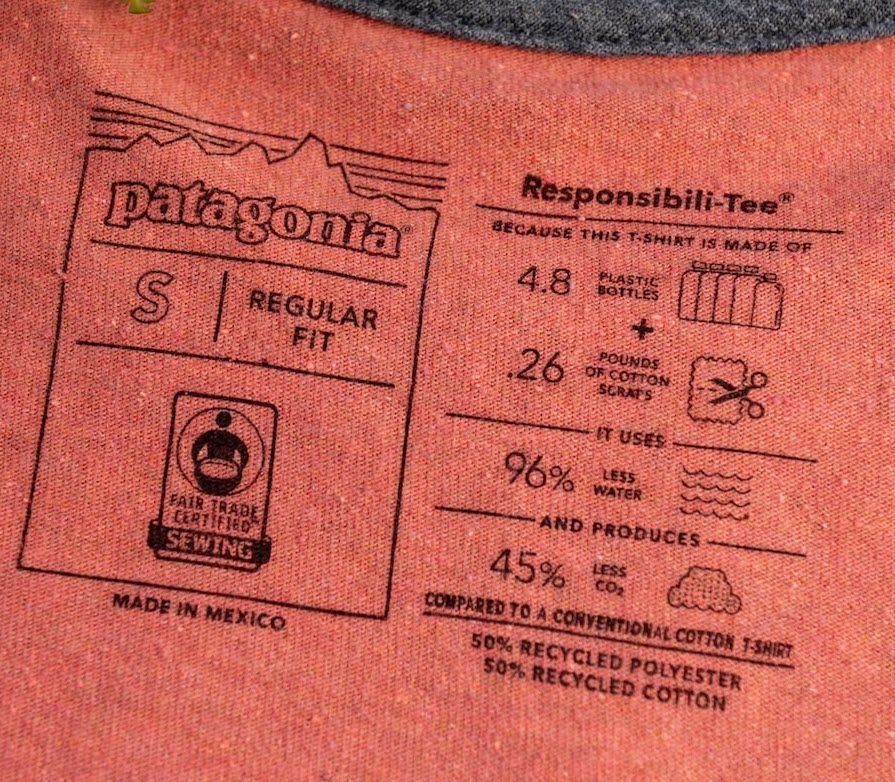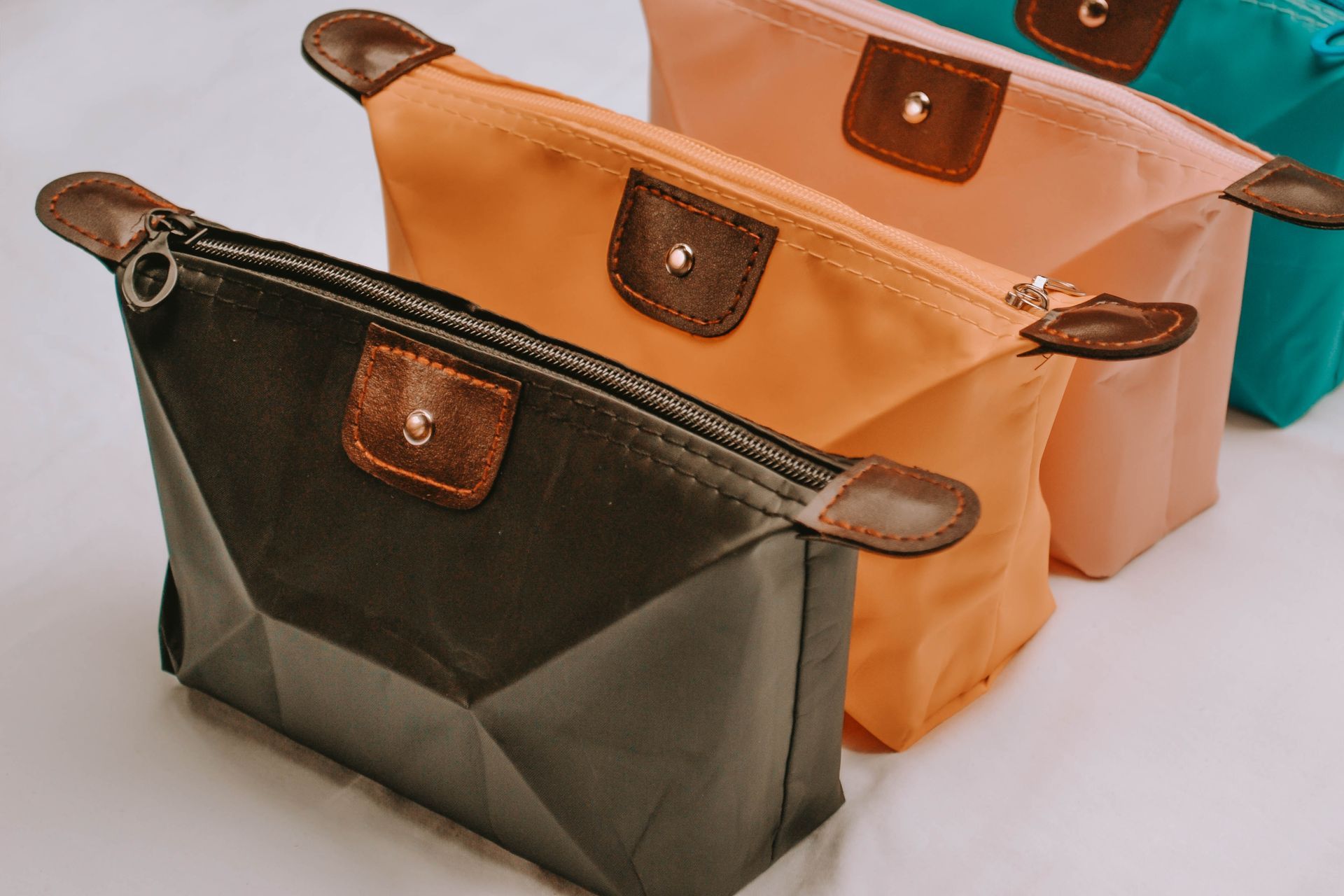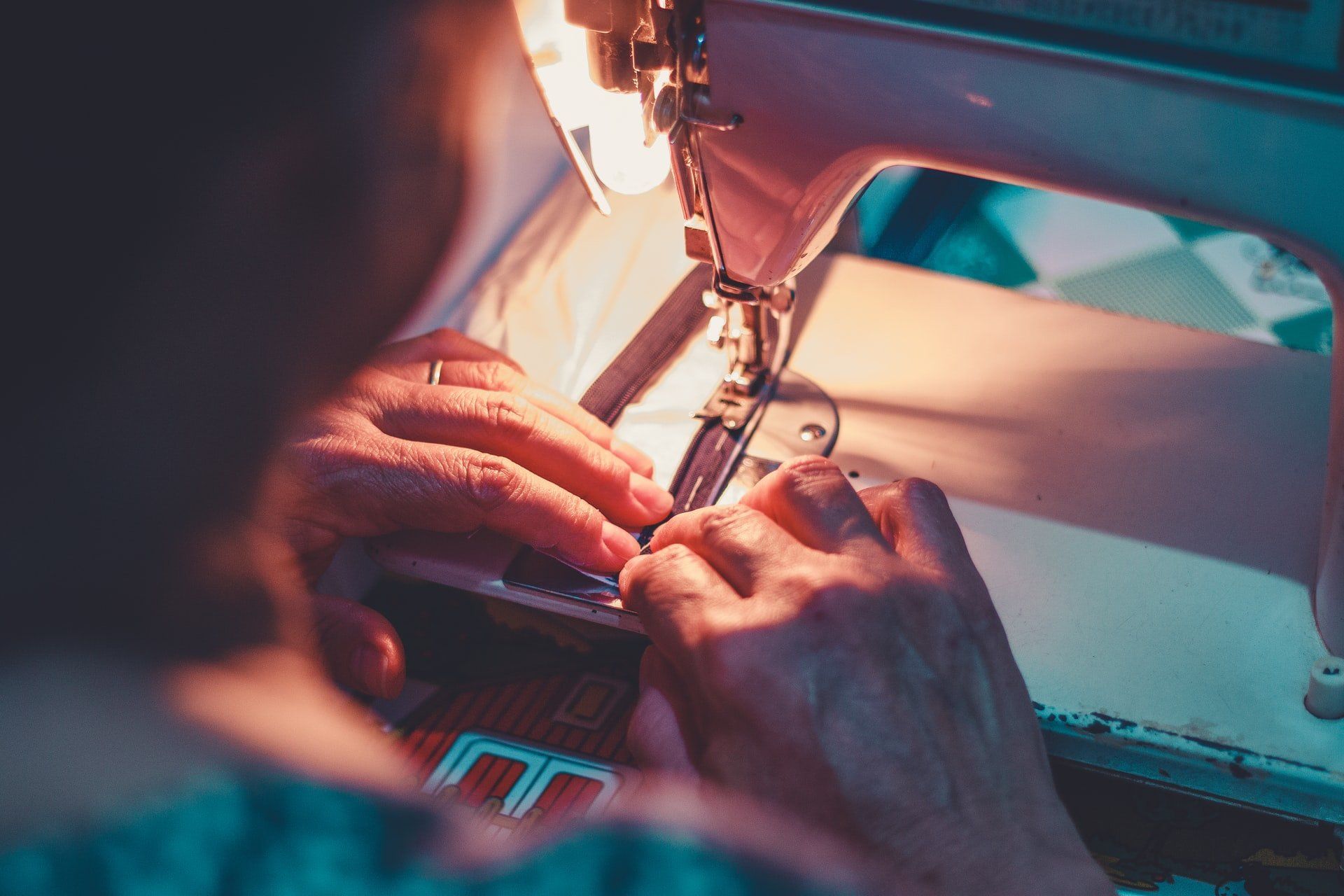The Future of Sustainable Fashion
Eco-friendly and Recycled Materials
The future of Sustainable Fashion
As the impact of fashion on the environment becomes increasingly apparent, the industry is moving towards more sustainable practices, particularly in the use of eco-friendly and recycled materials. This movement is marked by two key concepts: the use of environmentally friendly materials in new products and the recycling or upcycling of existing ones.
Eco-friendly materials refer to substances that, throughout their life cycle, have a minimal impact on the environment. This can mean a variety of things, such as the use of organic fibers that don't require pesticides or the use of materials which require less water or energy to produce. For instance, Tencel, a material derived from the pulp of eucalyptus trees, is gaining popularity for its sustainable qualities, including its low water requirements and its ability to grow on low-grade land.
One brand championing the use of eco-friendly materials is Stella McCartney. A long-time advocate for sustainable fashion, McCartney's brand avoids harmful materials like PVC and consistently uses organic and recycled materials in its collections. They've also been a pioneer in using lab-grown materials, like Mylo, a leather alternative made from mycelium.
On the other hand, recycled materials refer to the process of converting waste materials into new materials or products. One of the most commonly recycled materials in fashion is plastic, often sourced from discarded water bottles. For example, the clothing company Everlane released its ReNew collection, which features outerwear made entirely from recycled plastic bottles.
Upcycling takes recycling a step further by creatively reusing waste or unwanted items to produce high-quality, functional, and fashionable items. This doesn't just reduce waste; it also reduces the need for new resources. For instance, the Spanish brand Ecoalf has made its name by upcycling waste materials like used tires and ocean plastic into fashionable clothing and accessories.
In conclusion, the use of eco-friendly and recycled materials, alongside upcycling, holds great promise for the fashion industry's sustainable transformation. By embracing these practices, brands can not only contribute to environmental conservation but also differentiate themselves in a competitive market, tapping into the growing consumer demand for sustainable products.
Sources:
- Stella McCartney. (2023). Sustainability.
- Everlane. (2022). ReNew Collection.
- Ecoalf. (2023). Upcycling the Oceans.









